Category: Spirituality
Śiva Sahasranāma
Perhaps the most revered of the prayers to Lord Śiva, the Śiva Sahasra nāma has the power to remove every malefic aspect or blockage on Bṛhaspati, represented by Jupiter in vedic astrology. There are a number of variations of the Shiva sahasranāma in the ancient texts (about 18 scriptures).
Gāyatrī Mantras
Gāyatrī is a chandas, a vedic meter, designed with 24 syllables (phonemes) and having three pada (feet) each having eight syllables. This conception of gāyatrī is based on (a) the standard mantra pada which is of eight syllables called aṣṭākṣarī. This is the simplest form of the mantra-pada. स-स-व-द प-र-र-ज | sa-sa-va-da pa-ra-ra-ja and (b) the fact that Agni devatā, the deva of bhū-loka (earth plane of consciousness) has three legs.
Each leg is pointed at a direction of 120° from the other. Together, the three legs cover the 360° of the geo-centric zodiac.
16 Bosepara Lane
Sister’s House – 16 Bosepara Lane
This article deals with the pages of history to find out why Calcutta’s 16 Bosepara Lane has been declared a Heritage Building.
“My home is, in my eyes, charming” writes the illustrious resident of 16, Bosepara lane, Calcutta at the dawn of the last century. “With its two courtyards, its limited second story, and its quaintly-terraced roofs, built at five different levels, it is a rambling specimen of the true old Hindu style of building.
Nārāyaṇa Kavacha Part-1
In the Bhagavat Gita, Kṛṣṇa reveals His universal form (Viśvarūpa) to Arjuna which was so formidable for the great hero to even behold. Therefore, before jumping to worship Viśvarūpa, we need to see the teachings in the Śrīmad Bhagavataṁ. Bear in mind that the Viṣṇu avatāra are sustainer of things based on their specific forms.
There are at least three parts to the Nārāyaṇa Kavacha. The three principal parts are the
aṣṭākṣarī mantra ॐ नमो नारायणाय (om namo nārāyaṇāya). Aṣṭākṣarī means aṣṭa (eight) akṣara (syllable)
dvādasākṣarī mantra ॐ नमो भगवते वासुदेवाय (om namo bhagavate vāsudevāya).
Bagalāmukhī Yuddha Mantra
॥प्रार्थना॥
दुश्टस्थम्बनमुग्रविन्घ शमनं दरिद्यविद्रवनं
विग्नैघं बगले हर प्रतिदिनं कल्यणि तुभ्यम् नमः।
कञ्चन पीठनिविष्टं मुनिवरसादरघूर्नितप्रभं
करुणपूरितनयं श्रीबगलपीतम्बरां वन्दे॥
|prārthanā||
duśṭasthambanamugravingha śamanaṁ daridyavidravanaṁ
vignaighaṁ bagale hara pratidinaṁ kalyaṇi tubhyam namaḥ|
kañcana pīṭhaniviṣṭaṁ munivarasādaraghūrnitaprabhaṁ
karuṇapūritanayaṁ śrībagalapītambarāṁ vande||
॥ध्यानं॥
मध्ये सुदाब्धिमणिमण्डपरत्नवेद्यं
सिम्हासनोपरिगतां परिपीतवर्णं।
पीताम्बरभरणमाल्यविभूषितांगीं
देविं स्मरामि धृतमुद्गरवैरिजिह्वं॥
||dhyānaṁ||
madhye sudābdhimaṇimaṇḍaparatnavedyaṁ
simhāsanoparigatāṁ paripītavarṇaṁ|
pītāmbarabharaṇamālyavibhūṣitāṁgīṁ
deviṁ smarāmi dhṛtamudgaravairijihvaṁ||
॥त्रिश्तुप् च्छन्द मन्त्र॥
ॐ ह्रीं बगलामुखी सर्वदुष्टानां वाचं मुखं
स्थम्भय जिह्व कीलय कीलं बुद्धि नाशाय ह्रीं ॐ स्वाहा।
||triśtup cchanda mantra||
om hrīṁ bagalāmukhī sarvaduṣṭānāṁ vācaṁ mukhaṁ
sthambhaya jihva kīlaya kīlaṁ buddhi nāśāya hrīṁ om svāhā|
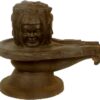
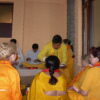
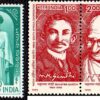
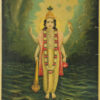
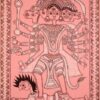
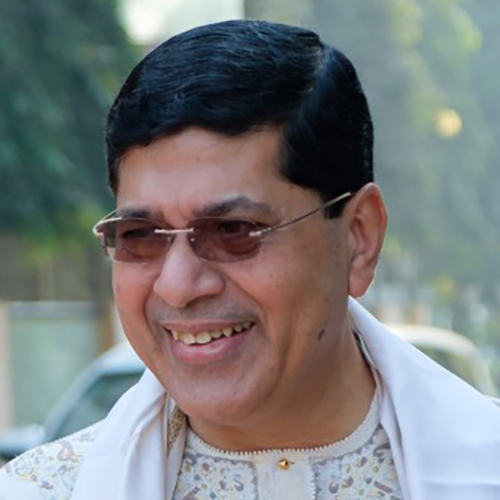
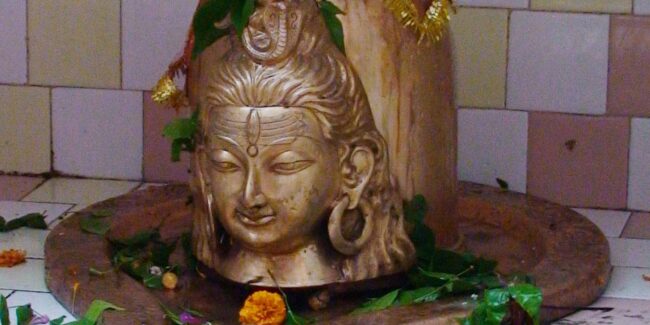

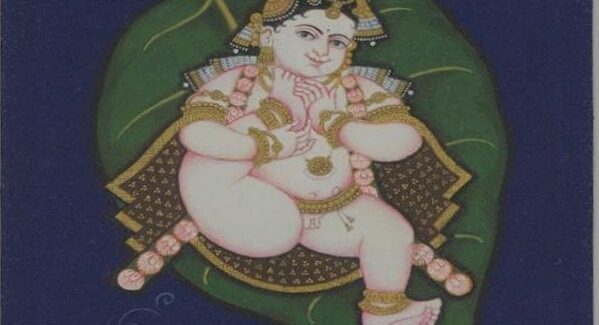
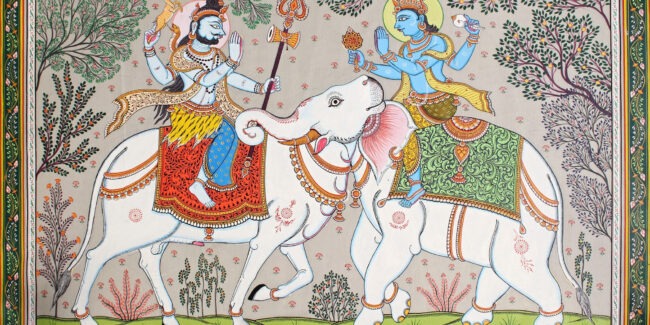
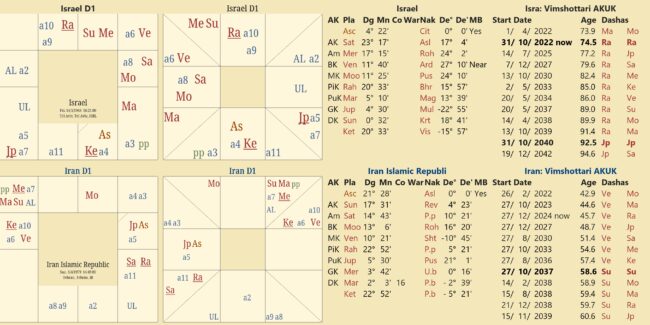
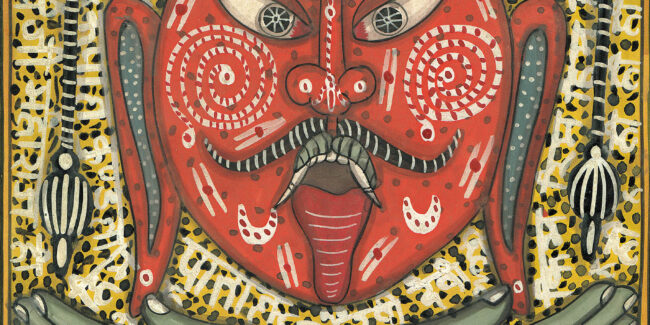
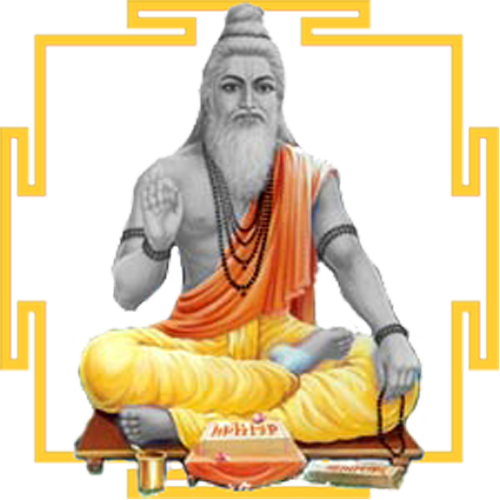 DBC offers online courses in jyotish (Vedic Astrology) taught directly by Sanjay Rath as per the tradition, through narrated power points and other audio tools. The courses are at different levels, from the beginners through the intermediate to the advanced and are known as SoHamsa | DBC courses, with individual classrooms and assistant teachers
DBC offers online courses in jyotish (Vedic Astrology) taught directly by Sanjay Rath as per the tradition, through narrated power points and other audio tools. The courses are at different levels, from the beginners through the intermediate to the advanced and are known as SoHamsa | DBC courses, with individual classrooms and assistant teachers
 Sagittarius Publications is the publisher and distributor the popular quaterly magazine the Jyotish Digest, as well as many thorough books on the subject of Vedic Astrology or Jyotish.
Sagittarius Publications is the publisher and distributor the popular quaterly magazine the Jyotish Digest, as well as many thorough books on the subject of Vedic Astrology or Jyotish. We have an excellent pandit Divākar ‘Deva’ Mishra, who is from the priests of Vindhyāvāsini Siddha Pīṭha to guide you through the hundreds of temples of Kāśi [Varanasi] and neighbouring regions. He can organise your pūjā, keep you safe and take care. He is supported by an English-speaking well-travelled spouse ‘Supriya Mishra’. Please contact them directly for any services, remedial pūjā and tours. They handled the 60+ member Kāśi Jyotiṣa Group 2022.
We have an excellent pandit Divākar ‘Deva’ Mishra, who is from the priests of Vindhyāvāsini Siddha Pīṭha to guide you through the hundreds of temples of Kāśi [Varanasi] and neighbouring regions. He can organise your pūjā, keep you safe and take care. He is supported by an English-speaking well-travelled spouse ‘Supriya Mishra’. Please contact them directly for any services, remedial pūjā and tours. They handled the 60+ member Kāśi Jyotiṣa Group 2022.